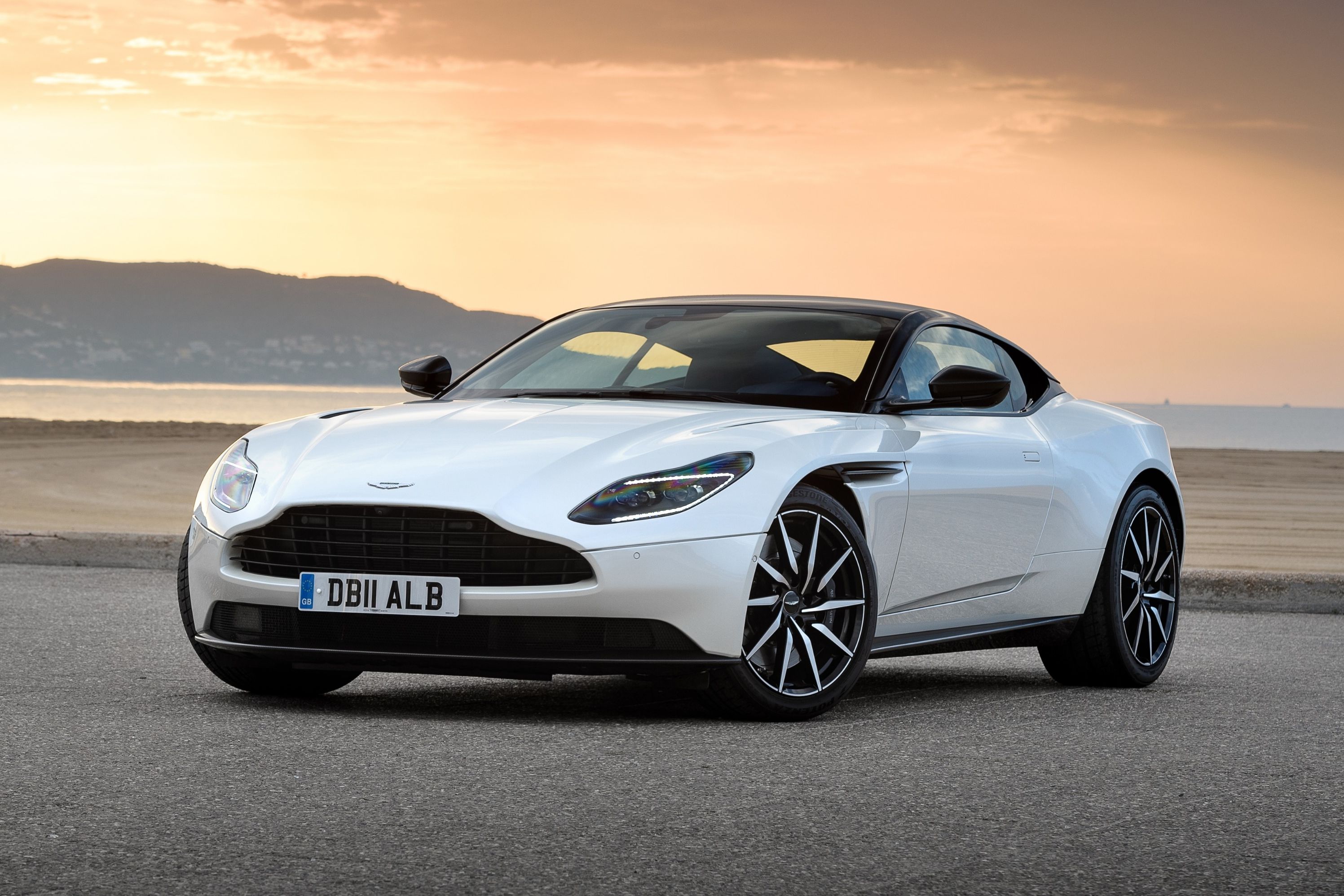
Back in 2013, Aston Martin announced a partnership with Mercedes-AMG to supply engines for its sports cars. Fast forward to today and the Aston Martin DB11, Aston Martin Vantage, and Aston Martin DBX are all powered by a 4.0-liter twin-turbo AMG-sourced V8. This partnership has worked out great for both companies involved but reports dating back to 2018 claimed the deal wouldn't last forever.
With the V8's days rumored to be numbered at AMG, Aston Martin will need to find a new source of power for its cars. Speaking to Car and Driver, Aston CEO Andy Palmer gave details about what will power the company's future cars. "Mercedes have made no secret of where their engine technology is moving to, and obviously we don't foresee four-cylinder engines in our Astons," Palmer said. "So we've got to make our own journey."
Palmer explained that pausing the development of electric cars has allowed Aston to focus on building a new hybridized V6 that will power the upcoming Valhalla and Vanquish, both of which will be mid-engined. Aston Martin has never built a V6 but it does have plenty of experience building a straight-six. Palmer doesn't foresee this new engine configuration being an issue towards keeping the proper character of an Aston Martin.
"The key is sound, tuning the pipes to make it sound like an Aston," he explained. "Obviously we can use the hybrid system and the electric motor to fill in on torque so you can compensate for the cylinder size with the electrical assist. As long as it feels like a V8 and sounds majestic, I think it's a perfectly sensible way to go, and a lot more sensible than a [four-cylinder] would be for us."
Palmer didn't mention any specifics in terms of output for this new V6 but did say, "As you move on, you normally expect a power increase, not a decrease. You're supposed to do that even with a smaller power unit, so there's no way our customers are going to expect to step backward." This means the 503 horsepower output in the DB11 and Vantage and the 542 horsepower rating in the DBX should be obvious benchmarks for the new V6.
As for the 5.2-liter twin-turbo V12, which is currently made at the Ford plant in Cologne, Germany, its production will be shifted to the UK. "I hope the V12 is around for a good while longer," Palmer said. "You can see in the longer term it won't last, but certainly over the next few years we can continue to produce V12 engines and we can make them more CO2 friendly. It will be a sad day when we see the V12 engine disappear from an Aston." The company sold 1,780 cars with a V12 engine last year, making up one-third of total production. That percentage should decrease with the introduction of the DBX.
We aren't sure if the move away from the AMG engine will also be felt on the interior, where Aston Martin currently borrows technology from Mercedes-Benz. As for the manual transmission fitted to the AMG-powered Vantage, Palmer seemed to hint that it will continue to be offered in some capacity and possibly on a second Aston model.
"I think it reinforces our position as an enthusiast brand because nobody else in this part of the market is developing those cars," he said, "I think there is a group of people who love what I'd call the romanticism of the manual car. I wouldn't stick a pin in and say the Vantage is our last one, I'd like to think there might be the room for more in the future, but I can't say that with certainty."
